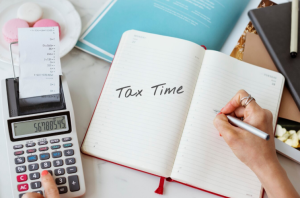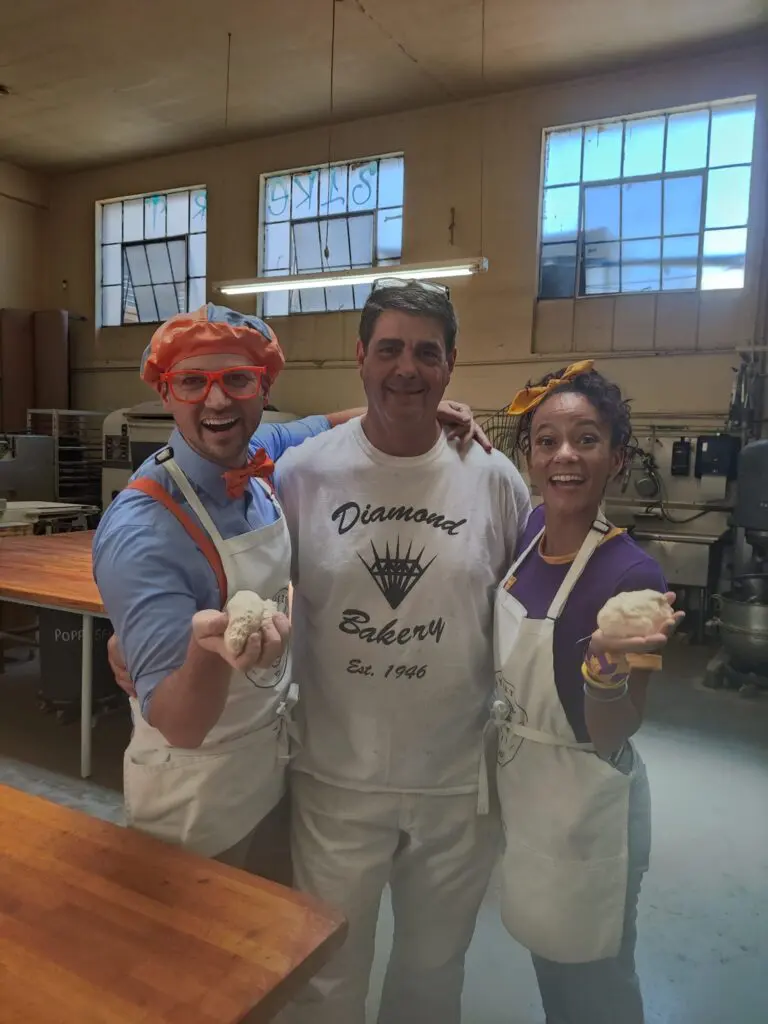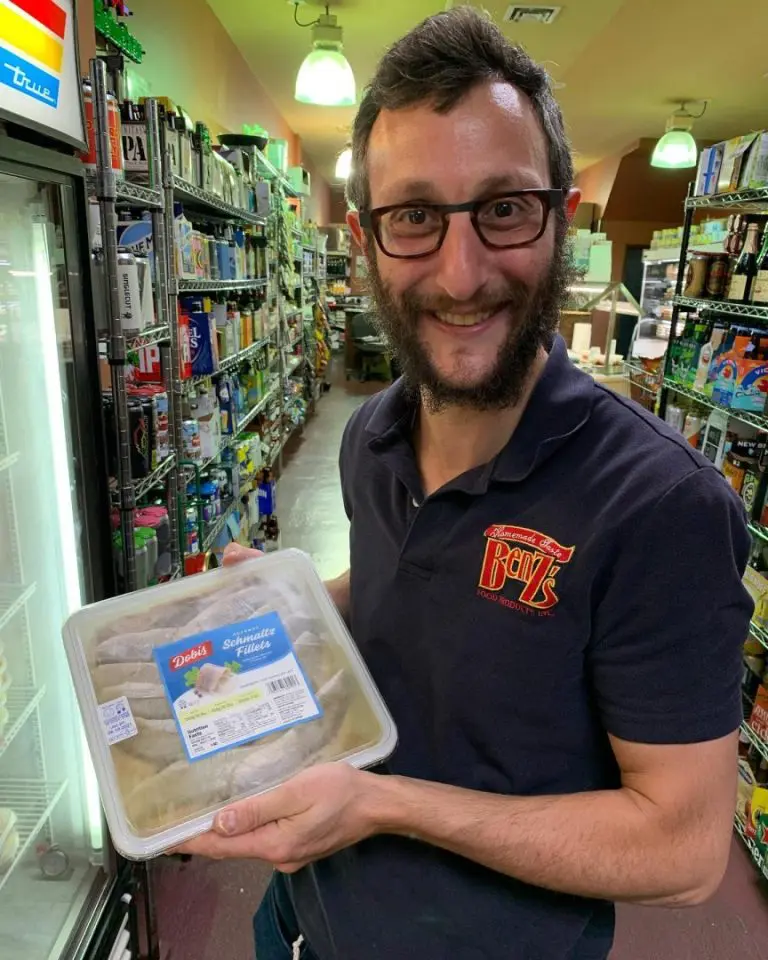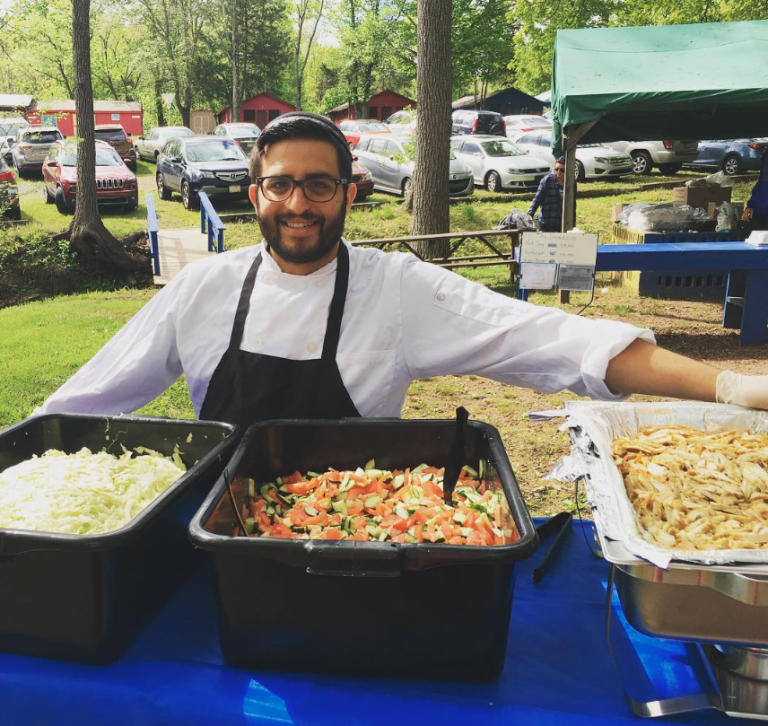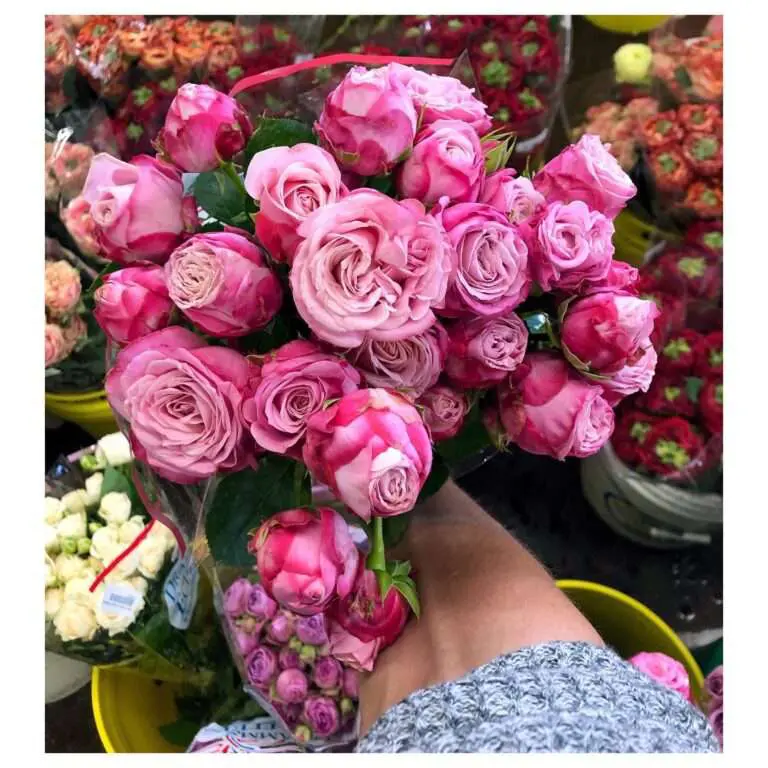Your restaurant menu isn’t just a list of dishes—it’s your silent salesperson working 24/7. In 2025, as customer expectations evolve, the difference between a good restaurant and a great one often comes down to this overlooked tool.
Have you ever watched a customer’s eyes scan across your menu’s own photo? There’s a science to where they look first, how long they linger, and ultimately what they choose. Smart restaurant owners know this and use it to their advantage.
A well-designed restaurant menu maker can increase your profit by 10-15% without changing a single ingredient. That’s thousands of dollars annually just by rearranging information on a page. But poorly designed menus? They’re costing restaurants money every single day.
I’ve spent years studying why some restaurants thrive on high-quality images while others struggle with identical food quality. The answer often lies in how they present their offerings. The most successful establishments aren’t necessarily creating better food—they’re creating better menus.
The psychology behind restaurant menu design or menu items is fascinating. The right word choice can make a dish seem more valuable. Strategic placement can highlight your most profitable items. Even font choices and color schemes impact how customers perceive quality.
In this world of rising food costs and tight margins, your restaurant menu may be the most underutilized profit tool at your disposal. And in 2025, with new digital options and changing consumer preferences, the rules of effective menu design have evolved.

27% higher customer satisfaction
Professional delivery features:
- Real-time GPS tracking
- Automated ETA updates
- Delivery confirmation photos
- 27% higher delivery satisfaction
Key Strategies for Designing a Restaurant Menu That Sells More
Layout, pricing, and descriptions help attract customers.
Visual hierarchy directs attention to high-profit items.
Testing designs finds what works best for your audience.
Visual Appeal and Layout of Menu Templates
Visual layout plays a critical role in the success of restaurant menu templates. A lot can be conveyed through design, from the brand’s theme to guiding guests effortlessly through the menu. Using colors and fonts that align with the restaurant’s theme enhances brand identity, making the dining experience memorable. For instance, a seafood-centric place might favor blues and greens that remind customers of the ocean. But there’s a catch: too many visuals can overwhelm customers. Images should be used sparingly, primarily to highlight best-sellers or new additions. Research even suggests that professional photos might increase sales by up to 30%.
Pricing Techniques That Increase Sales
Pricing isn’t just numbers; it’s a tool for profit and perception. Restaurants often have items categorized as Stars, Puzzles, Workhorses, or Dogs. Strategic pricing takes this into account. Psychological pricing—like using $9.99 instead of $10—can make prices seem lower. Removing dollar signs potentially raises spending by up to 8%. Importantly, menu engineering aids in identifying profitable and popular items. Analyzing these can pinpoint opportunities for tiered pricing, where you offer various price points, catering to different budgets.
Descriptions That Tempt and Sell
Enticing descriptions might be the unsung heroes of a well-crafted menu. Think about the impact of words like “crispy,” “tender,” or “house-made.” Sensory language paints a vivid picture that can seduce a customer into choosing one dish over another. Descriptions that focus on unique ingredients or methods create intrigue, making a dish irresistible. Adding a story or origin details can boost appeal, especially in the era of conscious dining, where origins and sourcing matter to many patrons.
Limiting options to 7-10 items per category can prevent decision paralysis. Too many choices can overwhelm, leading customers to default to familiar options.
Exploring Restaurant Menu Design Trends 2025
Sustainability and technology are transforming menu design.
QR codes and digital menus are replacing traditional formats.
Fresh, seasonal offerings keep customers engaged.
Sustainable Design Choices For the Restaurant Menu Makers
Sustainability is shaping menu design in 2025. Restaurants are turning to eco-friendly materials and practices to meet eco-conscious diners’ desires. Using recycled paper for physical menus is one way, but digital menus are becoming more common. They save on resources and decrease waste. Implementing designs that use less ink not only saves costs but also fits the green narrative that many restaurants are embracing.
Highlighting local sourcing is another crucial element of sustainable design. Sourcing ingredients locally reduces the carbon footprint associated with food transportation. This aligns menus with the climate-conscious movement growing around the world. Many menus now note where ingredients come from to reassure diners of their sustainability efforts.
Technological Integration
Integrating technology into menu design is gaining ground. About 75% of full-service restaurant operators in the U.S. have adopted QR code menus. They provide an easy way for customers to access menus digitally, reducing the need for paper. QR codes also allow real-time updates to highlight specials, keeping menus current and dynamic.
Despite the benefits, not all customers are on board. While a significant portion of adults have used QR codes in dining, only 31% feel positively about the experience. Critics say that navigation and privacy concerns are common issues. Diners sometimes struggle with these digital interfaces when they prefer straightforward paper menus.
Tracking and analyzing customer preferences through digital menus offers another advantage, allowing restaurants to tailor offerings. While some diners appreciate AI-driven personalization, others might worry about data privacy. “AI-powered digital menus are customizing experiences in real time, leading to better customer engagement and increased revenue.”
Rotating Seasonal Menus
The concept of seasonal menus is growing. It involves continuously refreshing menu offerings, which keeps diners coming back to try new things. Seasonal menus promote freshness and align the cuisine with trends for health-conscious diners seeking the best flavors throughout the year. They highlight ingredients at their peak, ensuring quality and encouraging exploration of seasonal produce.
There is also a financial argument for seasonal menus. Scalable menus can adjust to ingredient prices as they fluctuate through the year, making them cost-effective. Yet, some might argue that constant menu changes can confuse loyal customers who have favorites they expect to see on the menu.
Innovative Menu Layout Ideas That Boost Profits
Non-traditional formats increase customer engagement and sales.
Sections like “Chef’s Favorites” entice people to choose highlighted dishes.
Telling stories through menu items builds a relationship with your guest.
Engaging Layout Formats For Restaurant Menu Makers
Maximizing profit through innovative layouts means stepping away from typical designs. Imagine a booklet or a fold-out menu. This allows more room to display your full range of offerings. It’s not just about more space; it’s about organizing items in a way that catches the eye. You can use tabs or dividers to guide customers effortlessly toward what you want them to order most.
Sections That Captivate
To captivate diners, create sections curated for high engagement. For example, “Chef’s Favorites” gives a personal touch, as though the chef is recommending a special dish directly to your customer. This section can increase perceived value as people often trust the chef’s recommendations.
Introducing seasonal selections keeps your menu fresh and dynamic. These short-term offerings create a sense of urgency. People don’t want to miss out, leading to increased orders. Changing selections adds excitement but also requires clear communication to avoid customer confusion.
Incorporating storytelling into the menu isn’t only about narrating the restaurant’s history. It’s about presenting each dish’s unique background. Where did the concept originate? Why is it unique? The narrative can increase perceived value. Alison Pearlman emphasizes in her work: “The best menus are clear, easy to read and navigate, and tell a story about your restaurant’s identity.”
Adapting to Digital Trends
As digital menus become more common, adapting to these platforms is vital. This includes utilizing QR codes online and in apps. QR codes offer easy updating, which is key for seasonal or daily specials. It’s also cost-effective. The digital approach allows for dynamic visuals like animations or short videos that can intrigue customers more than static text on paper.
Challenges and Considerations
Switching to innovative layouts isn’t without its challenges. Restaurant menu makers must be ready for trial and error. Not every change will resonate. Conducting A/B testing can pinpoint what works best. This could mean testing different designs with actual customers to see which gets the most positive engagement.
While creative sections can boost sales, too many sections might overwhelm customers. Clear, concise organization remains key. Gregg Rapp, a seasoned menu engineer, notes the importance of the full print menu as a vital marketing tool: “It’s the only piece of printed advertising that you’re 100% sure will be read by your guest.” This underscores the need for thoughtful design and clear layout.
Restaurant Menu Template Maker For Your Business
After exploring the world of menu design in 2025, you now have the tools to easily create the menus that truly perform. A menu with professionally designed templates isn’t just a list of dishes—it’s a silent salesperson working around the clock. By implementing smart layout choices, strategic pricing, and compelling descriptions, you’re setting your restaurant up for increased profits.
Remember that the most effective menus balance visual appeal with practical navigation. Whether you choose digital options like MenuDrive or Toast or opt for innovative layouts with storytelling elements, your menu should reflect your brand while guiding customers toward high-margin items.
The restaurant industry continues to evolve, but the principles of good menu design remain constant: clarity, strategy, and connection with your diners. You can start by choosing one aspect of your current menu to improve—perhaps enhancing your descriptions or reorganizing your layout. Track the results, make adjustments, and watch your sales grow.
Your menu is more than paper and ink—it’s the bridge between your culinary vision and your customers’ experience. A thoughtfully designed menu will reward you with increased sales and loyal patrons. As you explore innovative menu designs, it’s also essential to consider how ordering systems can enhance your restaurant’s efficiency. The right ordering system streamlines processes, from taking orders to managing payments. To gain insights into decision-making, check out this comprehensive guide on the best ordering systems for restaurants in 2025.







